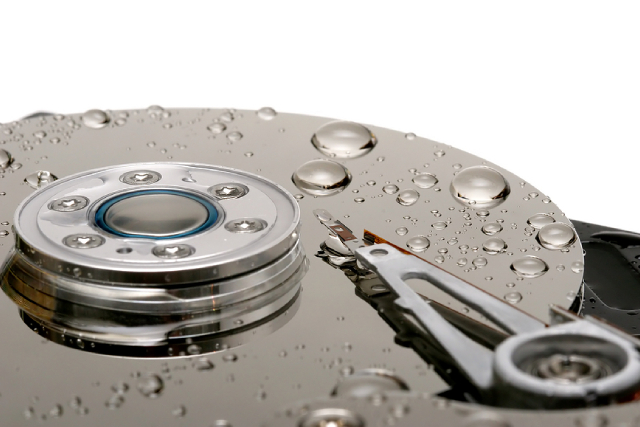What is Wear Leveling and Why is it Important for Flash Memory?
If you've ever used a flash drive or a solid-state drive (SSD), you may have heard the term "wear leveling" before. Wear leveling is a technique flash memory devices use to distribute data writes evenly across the available memory cells. In this post, we'll explore what wear leveling is, how it works, and why it's important for flash memory devices.
What is Wear Leveling?
Wear leveling is a process by which the data writes are distributed evenly across the available memory cells in a flash memory device. Flash memory cells have a limited lifespan and can only be written to and erased several times before they wear out. Wear leveling is used to distribute the data writes evenly across all of the memory cells, which helps to extend the lifespan of the flash memory device.
How does Wear Leveling Work?
Wear leveling works by monitoring the usage of each memory cell in the flash memory device. When a new write operation is requested, the wear leveling algorithm identifies a memory cell used the least and writes the data to that cell. This ensures that the writes are distributed evenly across all of the memory cells, which helps to prevent any one cell from wearing out too quickly.
Why is Wear Leveling Important for Flash Memory?
Wear leveling is essential for flash memory devices for several reasons:
- Extends Lifespan: Wear leveling helps to extend the lifespan of a flash memory device by distributing data writes evenly across all of the memory cells. This helps prevent any cell from wearing out too quickly, which can cause the entire flash memory device to fail.
- Improves Performance: Wear leveling can also help improve the performance of a flash memory device by reducing the time it takes to write data. By distributing the writes evenly, wear leveling can reduce the number of erases required, speeding up the writing process.
- Enhances Reliability: Wear leveling can improve the reliability of a flash memory device by reducing the likelihood of data corruption or loss. When data is written into a flash memory cell that has already been used many times, it can become less reliable and more prone to errors. Wear leveling helps prevent this by distributing the writes evenly across all memory cells.
Conclusion
Wear leveling is a critical technique flash memory devices use to distribute data writes evenly across the available memory cells. By extending the lifespan, improving the performance, and enhancing the reliability of flash memory devices, wear leveling plays a critical role in the functioning of these devices. Whether you're using a flash drive, an SSD, or another type of flash memory device, wear leveling is a crucial feature that helps ensure your device's longevity and functionality.



